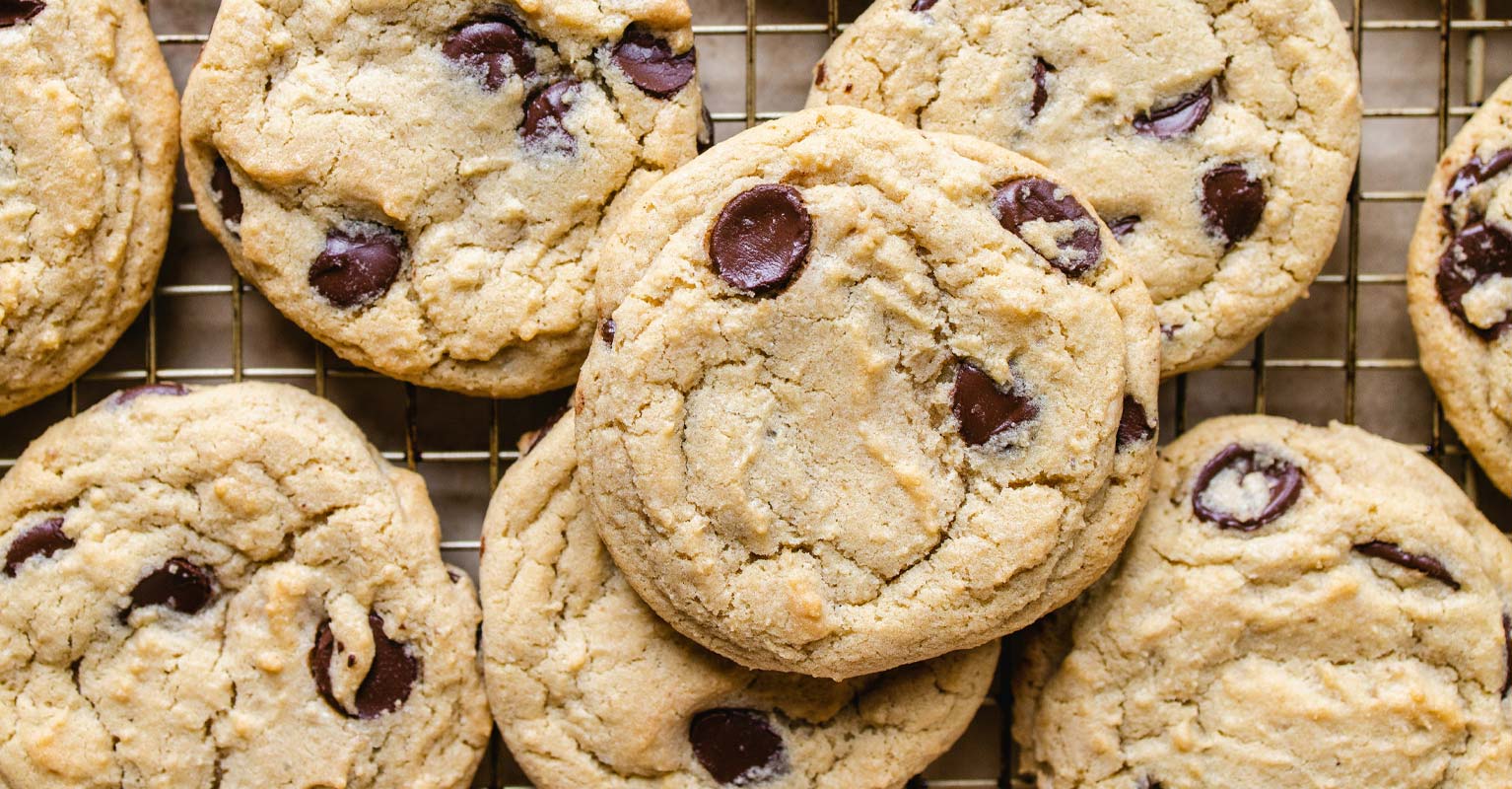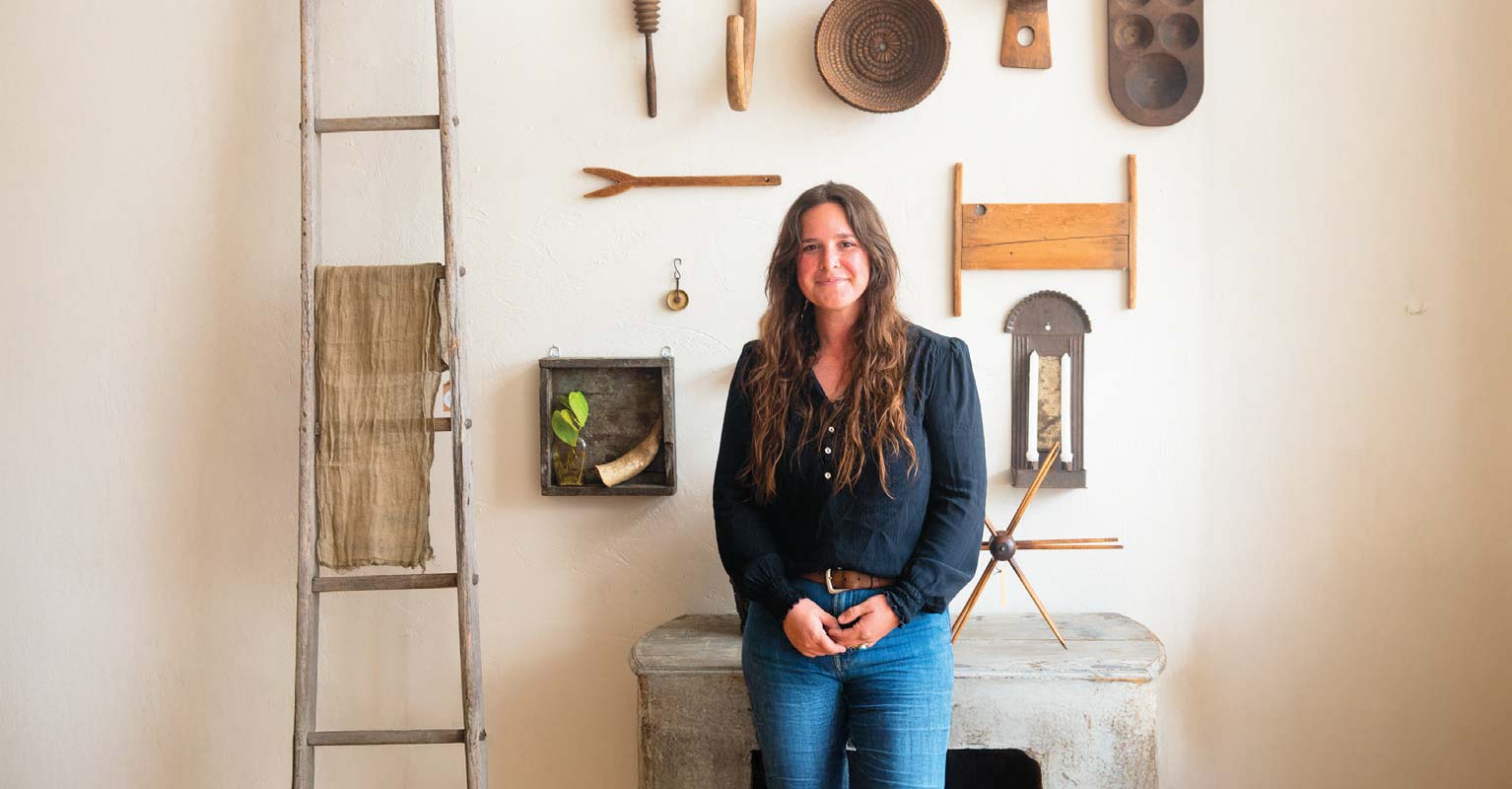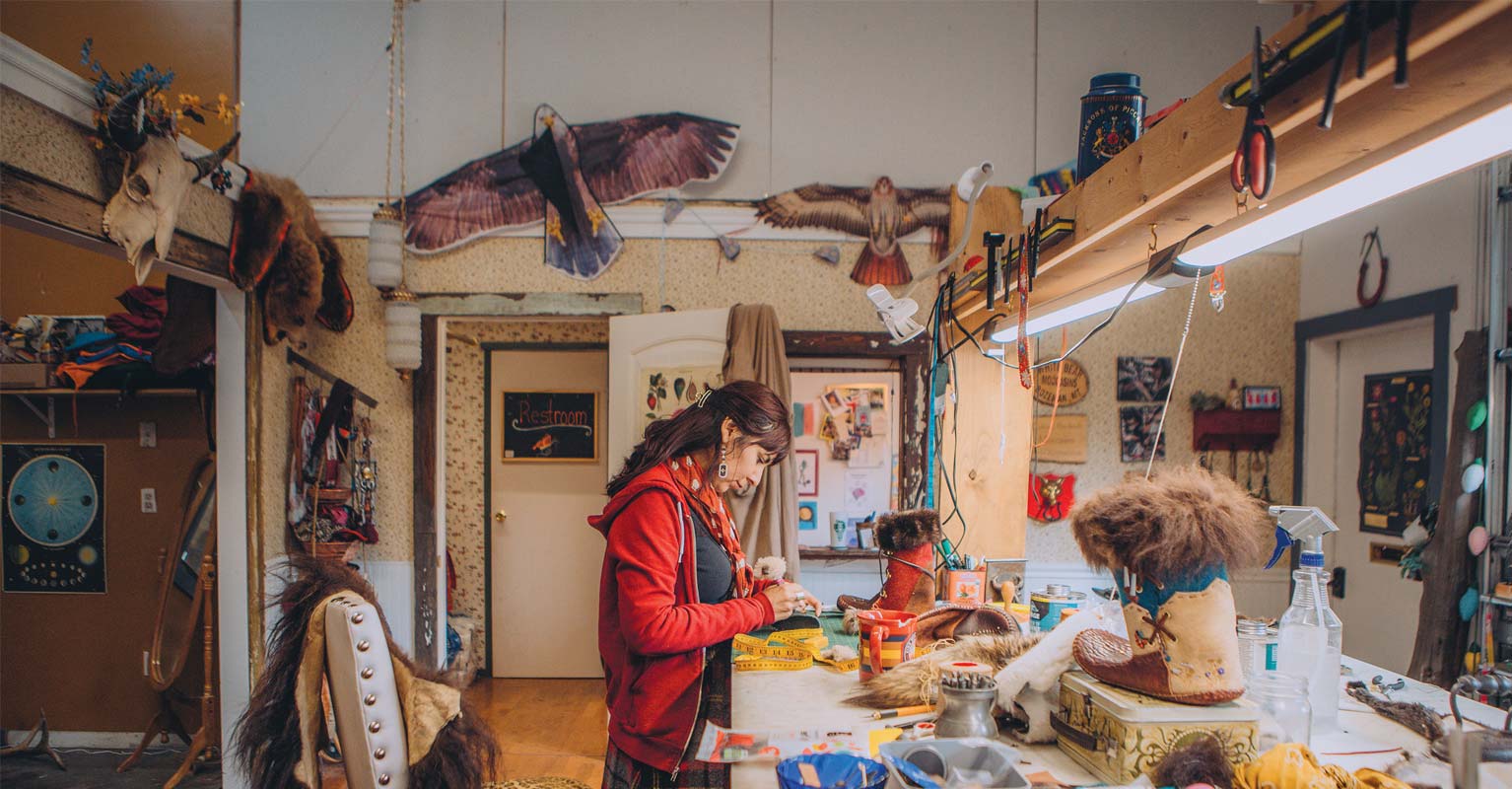Fall Harvest and Food Waste
“It is in our core to not let food go to waste.” —Anna Deal, Lockhorn Cider House
In 2020, a crop of carrots became a catalyst for change in the Gallatin Valley. Eleven thousand pounds of carrots were grown and harvested on Happel Family Farm in collaboration with Gallatin Valley Botanical and donated to the Gallatin Valley Food Bank in an effort to get locally grown food to the most vulnerable in the community. As the COVID pandemic disrupted food distribution chains and upended daily lives, volunteers still showed up to support local farmers and help feed people.
COMMUNITY HARVEST
This movement helped launch Community Harvest, a collaborative initiative through Open and Local to help grow food for local communities by connecting farmers and volunteers. This network relies on hosts (farmers and gardeners) and volunteers who are notified of opportunities to clean, collect seed, or glean when the need arises. Hosts and volunteers can sign up to participate online at openlocalmt.org/community-harvest.
While most of these events are predetermined, some may come as last-minute calls for help: an unexpected frost or storm, for instance, in which a farmer needs immediate assistance to save crops and prevent loss and waste of produce.
The heart of Community Harvest is getting people connected to support farmers who are sustainability stewarding the land, while making locally produced food more accessible to individuals in the community. In the process, the network aims to address yet another issue: food waste.
According to the U.S. Department of Agriculture, nearly a billion pounds of food goes to waste in landfills every year in the United States. That is roughly 30–40 percent of the food supply and is responsible for 8 percent of global greenhouse gas emissions. Food might end up wasted when a farmer has a bumper crop with an over-abundant harvest, or a frost forces the grower to pick all of the produce at once and use or sell it immediately. Through Community Harvest, food that might otherwise have gone to waste is given to volunteers that work for the day, as well as donated to the Gallatin Valley Food Bank.
LOCKHORN CIDER HOUSE’S BACKYARD BLEND
Minimizing food waste is a common goal among many in the Gallatin Valley. Lockhorn Cider House, located in downtown Bozeman, is also tackling the issue. Owners Anna and Glen Deal grow 30 American cider apple varieties in their trellised orchard and use the apples to make Lockhorn’s signature crisp and refreshing dry ciders. However, before the Deals even opened Lockhorn in 2014, they knew they wanted to help collect apples from backyards in the community as well.
“It is in our core to not let food go to waste,” Anna says. She knew there were well-established trees and orchards in the backyards of many Bozeman homes, still producing an abundance of the heirloom varietals originally grown in the Gallatin Valley, yet all the fruit might not be harvested or used.
In 2019, the Deal’s started their dream of collecting local apples, and 15,000 pounds were either donated or picked with the help of volunteers. “Crab apples, blemished apples—we take everything but the mushy ones,” Anna says. While there are ebbs and flows wiTheach year’s collections, the result is the same: a unique cider that showcases the Bozeman varietals and terroir, aptly named the Bozeman Backyard Blend. It is available for tasting every fall. For every 25 pounds of apples donated between Sept. 14 and Oct. 16, givers receive a crisp can of cider. Additionally, the Deals donate 10 percent of Backyard Blend sales to three local nonprofits: Gallatin Watershed Council, Haven, or the Bozeman Symphony. Those who donate apples can decide which of the three nonprofits they would like to see the money go to.
COMPOSTING WITH HAPPY TRASH CAN
For those who wish to join the fight against food waste, quite possibly the easiest way to begin starts right in your own home by compositing. You can do it yourself or let someone else compost your food scraps for you. (For a primer on composting, see “Getting to a Sustainable Food Culture” in the Winter 2022 issue.)
Happy Trash Can is a local composting business that provides curbside compost pick up in Bozeman, Belgrade, and Livingston. Husband-and-wife team Ryan Green and Adrienne Huckabone are the passion behind the company; they are knowledgeable, exuberant, and dedicated to their mission of diverting food waste from landfills and creating a quality product that gives back by increasing the soil health in the area.
“Composting is really low-hanging fruit for communities to address climate change,” Green says. “Providing a local fertility source takes away the reliance on transporting nitrogen fertilizers or compost from out of state.”
“Composting is really low-hanging fruit for communities to address climate change.” —Ryan Green, Happy Trash Can
Green got his start as a chef and, after working in restaurants and at farmers markets, he went back to school for a degree in sustainable agriculture. After his studies, he worked at a community-based recycling and composting program at the Lower East Side Ecology Center in New York City. When Green and Huckabone decided to move back to Huckabone’s hometown of Bozeman in 2016, they decided to build on Green’s experience and lay the groundwork for Happy Trash Can.
Today, they collect over 40,000 pounds of scraps per week from businesses, restaurants, and in five-gallon containers from households. They use an Aerated Static Pile system, developed by Sustainable Generation, an MSU legacy company. The collected waste is piled in windrows above pipes and fans that help to aerate and control the temperature and oxygen levels, all managed with a computer system. Within eight weeks, compost is ready to cure and distribute back to subscribers and farmers. “We are grateful to provide this service in the community and we believe in it wholly,” Green says. “We could not do this without the business and residential subscribers.”
The movement to combat food waste is spreading. Many Bozeman producers, businesses, restaurants, and community members have found creative ways to decrease food waste. At the same time, they are recapturing the energy and industry that was originally put into providing that sustenance. The thread that ties this all together is the love of food. Chefs, farmers, brewers, home cooks, gardeners, and eaters all value the energy and labor it takes to provide the sustenance we need. With this in mind, everyone has the ability to impact positive change.
To learn even more about our community’s effort to reduce food waste, see “Beautiful Solutions to an Ugly Problem“.




